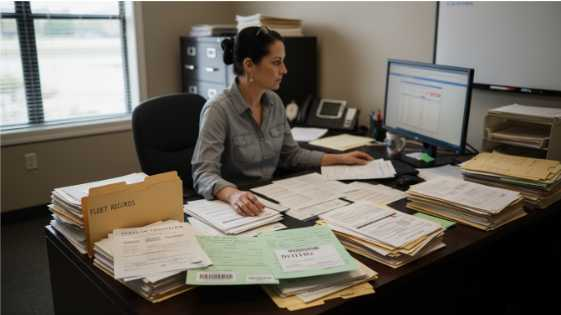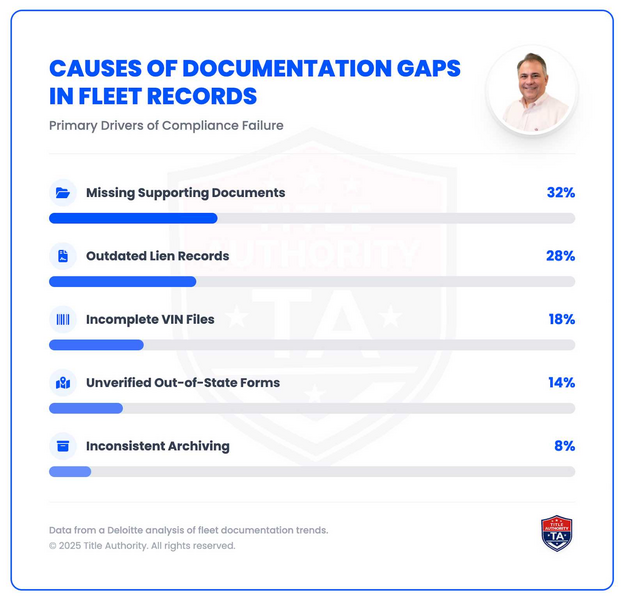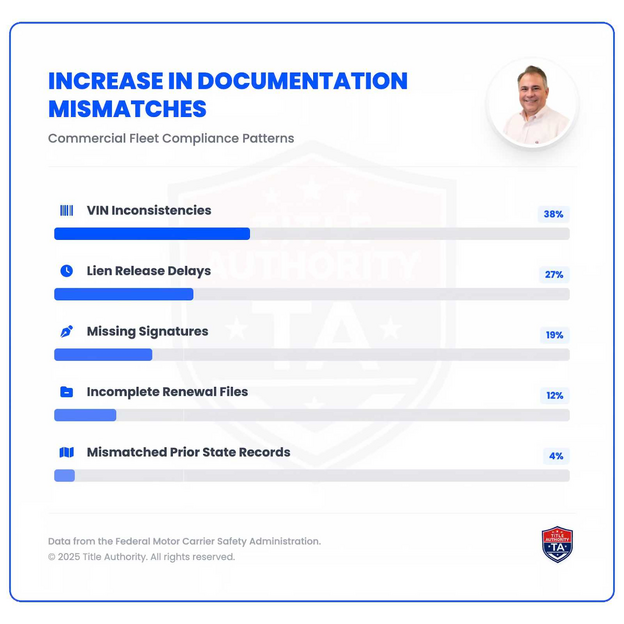
The rapid rise of ridesharing services has fundamentally transformed how people move within cities. Companies like Uber and Lyft have redefined convenience, flexibility, and mobility for millions of urban residents. This transformation, however, is not without consequences—both positive and negative. As rideshare services continue to expand, they are reshaping urban transportation infrastructure, public transit systems, and even environmental policy.
The Evolution of Ridesharing: From Niche to Norm
Just over a decade ago, hailing a car through an app seemed revolutionary. Today, it’s an everyday activity for millions worldwide. Rideshare platforms have leveraged smartphone technology, GPS navigation, and digital payments to make urban travel faster and more accessible.
In major cities, this convenience has helped reduce reliance on private car ownership. Instead of maintaining a vehicle, paying for parking, and dealing with traffic, many people now opt for on-demand rides that are cheaper and easier. However, this convenience has also led to broader systemic changes in how cities plan and manage transportation networks.
Ridesharing and Urban Mobility Patterns
Changing Commuter Behavior
Rideshare services have reshaped commuting habits. Flexible transportation options allow riders to choose between carpooling, solo rides, or micro-transit services depending on their schedule and budget. In many metropolitan areas, ridesharing is now part of a “mobility mix” that includes buses, subways, bicycles, and electric scooters.
Studies show that ridesharing tends to fill the gaps in public transit systems—particularly in “last-mile” connections, where users need quick transportation from a transit stop to their final destination. This hybrid approach makes commuting smoother and more adaptable to individual needs.
Decline in Car Ownership
In urban centers where parking is expensive and traffic congestion is common, ridesharing has reduced the incentive for car ownership. Young professionals, in particular, are more likely to rely on shared mobility options rather than purchasing vehicles.
This shift is influencing automakers and policymakers alike. Car manufacturers are investing in mobility services, while cities are reevaluating parking requirements and land use planning.
The Economic Ripple Effects of Rideshare Growth
New Employment Models and the Gig Economy
Rideshare companies have created a new class of gig workers—drivers who can earn flexible income on their own schedules. This flexibility appeals to many, but it also raises questions about worker rights, pay equity, and benefits.
Legal and labor debates around the classification of drivers—as independent contractors or employees—are ongoing. The outcomes of these discussions will shape the future of urban mobility work and the structure of the gig economy as a whole.
Impacts on Local Businesses
Ridesharing has changed the way people interact with local economies. Restaurants, bars, and entertainment venues often benefit from rideshare availability, as it provides safe and easy transportation for patrons. Conversely, traditional taxi services have faced steep declines, and parking lot revenues have decreased in some cities.
The ripple effects are complex but undeniable—ridesharing has become intertwined with urban economic ecosystems in ways few could have predicted a decade ago.
Environmental Considerations: A Mixed Picture
The Promise of Reduced Emissions
At first glance, ridesharing appears environmentally friendly. By enabling shared rides, the number of vehicles on the road can decrease, reducing congestion and emissions. When combined with electric or hybrid vehicles, ridesharing could help cities meet sustainability goals.
The Reality of Increased Traffic
However, data from transportation research organizations and sources like the National Highway Traffic Safety Administration (NHTSA) suggest a more nuanced reality. While ridesharing reduces private car ownership, it can also contribute to higher traffic volumes, as drivers spend time “deadheading” (driving without passengers between rides).
In some urban areas, the total number of vehicle miles traveled has actually increased since ridesharing became widespread. This has prompted cities to explore congestion pricing, emissions caps, and electrification incentives for rideshare fleets.
Urban Infrastructure and Policy Shifts
Redesigning City Streets
Cities are adapting to accommodate the growing number of rideshare pickups and drop-offs. Urban planners are rethinking curb management, creating designated zones for rideshare activity to reduce traffic bottlenecks.
Some municipalities are experimenting with “mobility hubs” that integrate ridesharing with bike-share stations and public transit. These hubs aim to make multimodal travel seamless and reduce dependency on single-occupancy rides.
Transportation Policy and Regulation
Regulating rideshare companies remains a challenge. Each city has different licensing requirements, fare structures, and insurance mandates. Policymakers must balance innovation with public safety, labor rights, and environmental goals.
Legal professionals specializing in transportation law are helping navigate this evolving landscape. For instance, victims of rideshare-related collisions may seek guidance from a San Antonio rideshare accident lawyer to understand their rights and pursue compensation. This reflects the broader need for legal clarity as rideshare systems integrate more deeply into daily life.
Safety and Liability in the Age of Ridesharing
The Complexity of Insurance and Responsibility
When accidents occur, determining liability in a rideshare scenario can be complicated. Multiple parties may be involved—the driver, the rideshare company, and other motorists. This complexity underscores the importance of understanding both company policies and local laws.
Safety standards are evolving as rideshare companies adopt stricter background checks, vehicle inspections, and real-time safety monitoring. But the legal infrastructure must evolve alongside these technological changes to ensure adequate protection for all parties.
Technology as a Safety Tool
Advances in telematics, in-app safety features, and AI-driven monitoring have made ridesharing safer. Features like real-time tracking, emergency assistance buttons, and identity verification protect both drivers and passengers.
Yet, with innovation comes responsibility. Continuous updates and data transparency are critical to maintaining trust in these systems.
The Role of Data and Technology in Urban Planning
Using Data for Smarter Cities
Rideshare companies collect vast amounts of transportation data, offering insights into traffic flows, commuting patterns, and demand hotspots. When shared responsibly, this data can help city planners make informed decisions about infrastructure investments.
For example, data analytics can reveal under-served areas lacking transit options or identify regions where congestion pricing might be most effective. This data-driven approach aligns with the vision of “smart cities” that use technology to optimize mobility and sustainability.
The Future of Integration
As urban transportation evolves, integration will be key. Combining rideshare services with autonomous vehicles, micro-mobility, and electrified fleets could create a highly efficient ecosystem.
Forward-looking law firms are monitoring these developments closely, particularly as legal and regulatory frameworks adjust to these innovations. The future of mobility will likely depend on collaborative solutions between private companies, governments, and legal experts.
Conclusion
The next chapter of ridesharing will focus on balance—between convenience and sustainability, innovation and equity, efficiency and safety. As cities continue to grow, transportation systems must adapt to serve diverse populations while reducing congestion and emissions.
Collaboration among policymakers, urban planners, legal advocates, and technology companies will shape how ridesharing continues to influence urban life. Whether through electrification, automation, or smarter regulation, rideshare growth represents both a challenge and an opportunity to build cities that move better and live better.




















